What is a striplight
A striplight is a linear assembly of light sources designed to provide lighting over the length of a run. A blend of light emitted from the individual source creates a uniform wash of light to illuminate backdrops and cycloramas. When hung from pipe battens above the stage the striplights are called borderlights or x-rays. They are known as footlights when installed at the front of the stage to provide a low level of upward illumination. Typically, multiple fixtures are used in a continuous run configuration. A striplight often has multiple circuits. All lights on the same circuit emit lights in the same color. The linear fixture contains at least three circuits which produce light in three primary colors (red, green, and blue). Secondary colors can be created by mixing these colors.
Halogen striplights
Conventional striplights use halogen lamps, which must be colored with glass or plastic filters to create the primary colors and other additional colors of light for additive color mixing. Tungsten filament lamps have a very inefficient use of electrical energy. Using color filers to alter the color of light leads to further energy loss because the new color is created by the removal of wavelengths from a light with a broad spectrum of wavelengths. Moreover, the use of color filters also adds to the volume of the fixture which is already large due the physical characteristics of filament lamps.
LED striplights
As LED technology brings a whole new world of performance gains and design possibilities across a broad spectrum of lighting applications, striplights have gone through this technological revolution without exception. The high efficiency of energy conversion from electrical power to optical power and long operational life are only part of the technological superiority. Excellent controllability in spectral power distribution (SPD), intensity and optical distribution make LEDs exceptionally suited to theatrical lighting applications. Through bandgap manipulation of semiconductor quantum wells, an LED chip can be designed to emit in any narrow spectral band, resulting in a colored light, such as red, blue or green. Through phosphor conversion at the package level the spectrum of LEDs can be broadened to emit white light in any tone.
LEDs are semiconductor devices that offer inherent controllability. LED lighting does not require a filament to warm up or cool down before the full light output can be achieved. With their full, instantaneous dimmability, the component LEDs of a multi-channel LED module can be accurately, individually dimmed, allowing the color mixing module to produce any spectrum of visible light within its color gamut. The emitted spectrum of the light can be produced as static mixes or can be dynamically tuned to produce color-changing effects. LEDs by nature are small and optically directional, which allows color mixing to occur in a small optical array and makes it possible for precise control of light distribution.
Color tunable LED lighting
LED striplights come in various color configurations, light outputs, beam angles and lengths. While single color lights are available, most fixtures are variable white or color tunable systems. A variable white striplight provides a continuously adjustable range of tones for white light by mix two or more LEDs with different color temperatures. The most basic configuration of a tunable white light is a mix of warm white and cool white phosphor-converted (PC) LEDs. These fixtures typically come with separate control inputs for intensity and color temperature. Color tunable lights are designed as RGB, RGBA, RGBW, RGBWA, RGBAL, or RGBAW+UV systems. The addition of other colors to the RGB color mixing module can expand the color gamut. By mixing different colors in various degrees of saturation any desired color can be generated. Typically, the LEDs used on a high output striplight are high power ceramic or CSP packages which are designed with a high efficiency thermal path for high flux density operation. Mid-power packages are often used in low power systems or fine pitch applications. Color consistency is a critical detail in linear lighting. To ensure color uniformity across the length of the run, the LEDs used in the entire installation of fixtures need to be sorted (binned) post-production based on a group of parameters, which may include photometric lumens, radiometric power, chromaticity, peak wavelength, dominant wavelength, and forward voltage.
LED driving, dimming and control
The LED driver plays a crucial role not only in high efficiency, high reliability and flicker-free operation of the LEDs but also in determine the controllability of the light fixture. An LED driver executes many sub-tasks sequentially or in parallel to ensure the power delivered to the LED load is appropriately sized, filtered, and controlled. Most LED striplights require the equipped drivers to be capable of dimming the connected LEDs and accept control input through an interface. To produce predictable colors from a tunable white or RGB LED, each of its component LEDs requires individual, accurate dimming control.
A multi-CCT or multi-color LED striplight can be an “analog” type or a “digital” type fixture depending on the level of control integrated in the fixture. An analog LED striplight is operated by a driver designed with multiple output channels to keep each individual LED channel operating independently of each other. A digital LED striplight is equipped with addressable LEDs which are individually controllable lighting nodes. Uniquely addressing and controlling these lighting nodes allows different colors and different intensity to be displayed on the light fixture simultaneously. This level of control allows dynamic lighting effects to be delivered on stage. The LEDs of a striplight is typically PWM dimmed and DMX controlled.

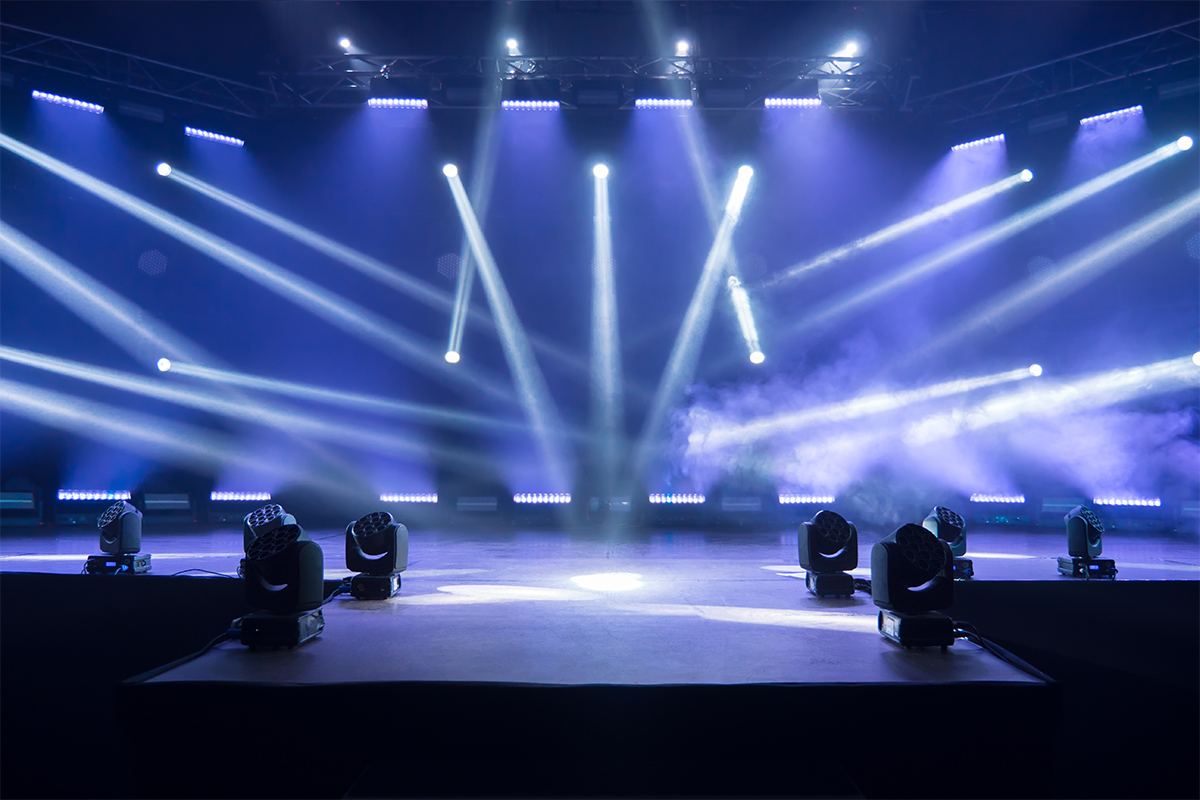
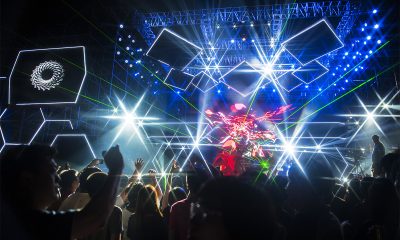
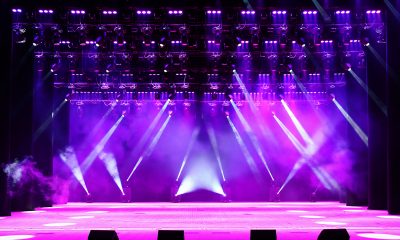
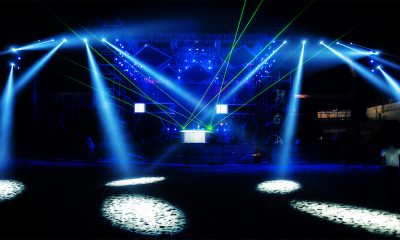
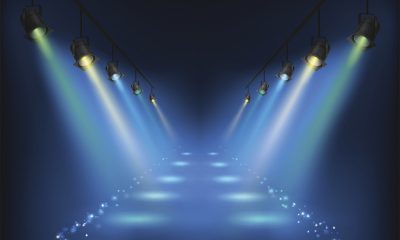

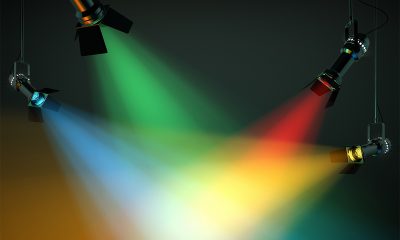







Loading...